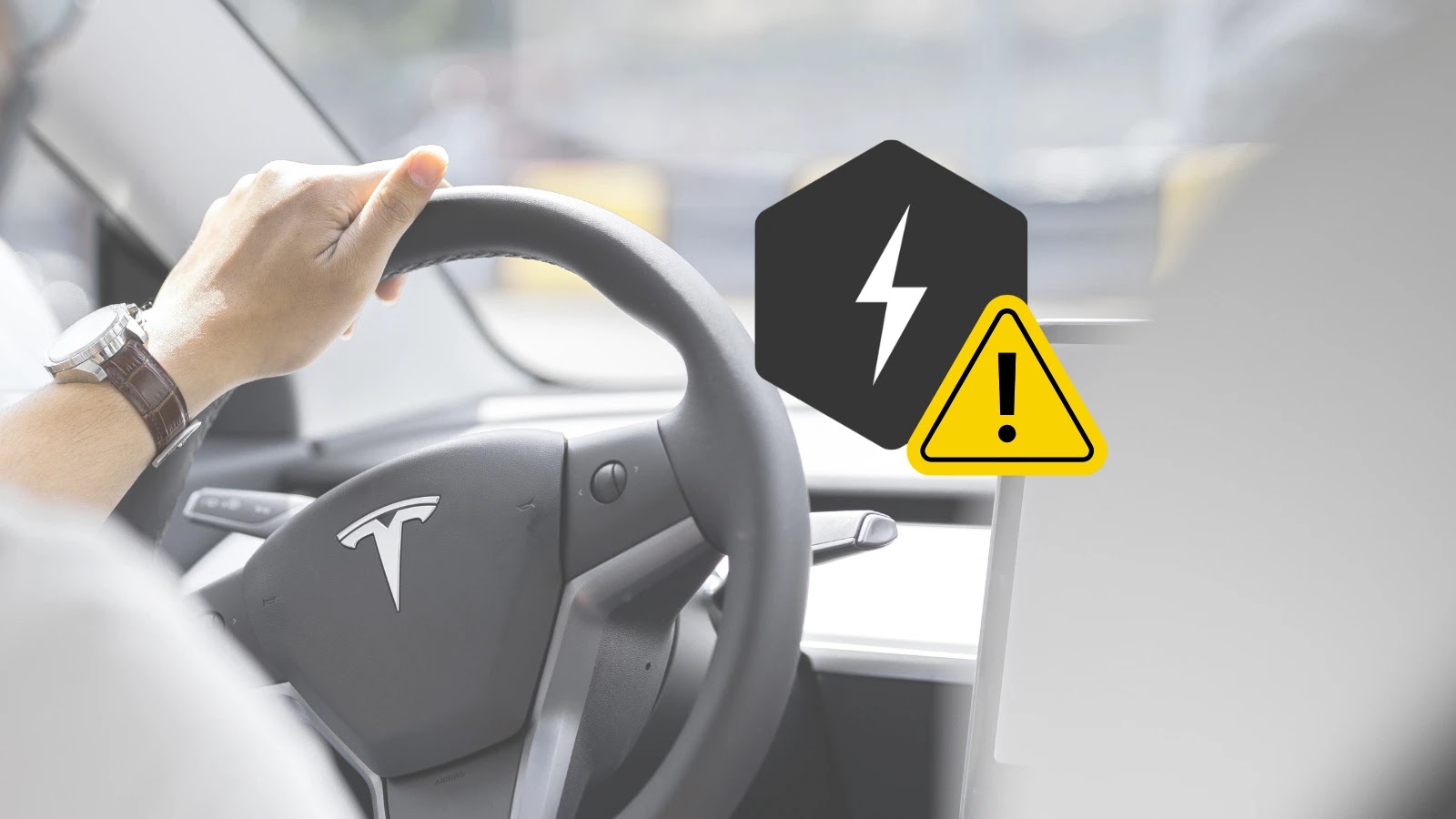A recent cybersecurity investigation has uncovered that numerous publicly accessible TeslaMate installations are inadvertently exposing sensitive Tesla vehicle data without requiring authentication. This exposure includes real-time GPS coordinates, charging patterns, and personal driving habits, making such information accessible to anyone on the internet.
Understanding the Vulnerability
TeslaMate is an open-source data logging tool that interfaces with Tesla’s official API to collect comprehensive vehicle telemetry data. The core issue arises from misconfigured deployments of TeslaMate, where default settings lack built-in authentication mechanisms for critical endpoints. When these installations are deployed on cloud servers with port 4000 exposed to the internet, they become immediately accessible to unauthorized users worldwide.
Discovery and Methodology
Security researcher Seyfullah KILIÇ conducted an extensive internet-wide scan to identify exposed TeslaMate instances. Utilizing masscan across multiple 10Gbps servers, he swept the entire IPv4 address space for open port 4000, which hosts TeslaMate’s core application interface. Following this, he employed httpx to filter and identify genuine TeslaMate installations by detecting the application’s distinctive HTTP response signatures.
This scanning operation successfully identified hundreds of vulnerable instances exposing real-time Tesla vehicle data. The exposed information included precise GPS coordinates, vehicle model details, software versions, charging session timestamps, and detailed location histories. To illustrate the severity of the privacy breach, KILIÇ created a demonstration website at teslamap.io, visualizing the geographical distribution of exposed vehicles.
Implications of the Data Exposure
The exposure of such sensitive data poses significant privacy and security risks. Unauthorized access to real-time GPS coordinates and driving habits can lead to stalking, theft, or other malicious activities. Moreover, detailed information about charging patterns and vehicle software versions could be exploited to identify vulnerabilities in specific vehicles, potentially leading to targeted attacks.
Mitigation Measures
To protect their vehicle data, Tesla owners operating TeslaMate instances must implement immediate security measures. Essential protections include configuring reverse proxy authentication using Nginx, restricting access through firewall rules, binding services to localhost interfaces, and implementing VPN-based access controls.
The research highlights the critical importance of secure deployment practices for Internet of Things (IoT) applications, particularly those handling sensitive personal and location data from connected vehicles.
Broader Context: Automotive Data Breaches
This incident is not isolated. The automotive industry has witnessed several data breaches in recent years. For instance, Volkswagen inadvertently exposed the personal information of 800,000 electric vehicle owners due to a misconfiguration in the systems of Cariad, VW’s software subsidiary. The exposed information included precise GPS data, allowing for the creation of detailed movement profiles of the vehicles and their owners. This breach affected not only everyday citizens but also high-profile individuals such as politicians, business leaders, and law enforcement officers.
Similarly, Tesla has faced data breaches exposing thousands of safety complaints. A massive data dump based on a whistleblower’s breach of internal Tesla documents revealed over 2,400 complaints about self-acceleration issues and 1,500 complaints about brake problems between 2015 and March 2022. These complaints came from around the world, including the United States, Europe, and Asia.
The Growing Concern of IoT Security
The TeslaMate incident underscores the growing concerns over data privacy in the automotive industry, where connected vehicles are becoming increasingly common. The rapid adoption of electric vehicles (EVs) has introduced unprecedented cybersecurity risks. Hackers exploit vulnerabilities in charging infrastructure, vehicle software, and grid connectivity to threaten driver safety, data privacy, and energy systems.
Recent research reveals systemic weaknesses across the EV ecosystem, from unsecured internet-connected charging stations to flaws in over-the-air update systems. These vulnerabilities raise urgent questions about automotive cybersecurity preparedness as the industry scales toward mass electrification.
Charging Infrastructure as a High-Risk Attack Surface
EV charging stations, particularly public fast-charging networks, contain critical vulnerabilities that could enable grid destabilization, data theft, and vehicle compromise. Studies have found that many tested stations lacked basic network segmentation, allowing attackers to pivot from payment systems to energy management controls.
Researchers have demonstrated how power line communication flaws in DC fast-chargers enabled “adversary-in-the-middle” attacks, intercepting authentication keys and manipulating charging parameters. The open-source charging firmware used in commercial stations worldwide has contained critical vulnerabilities that allowed remote code execution through insecure protocol implementation.
An attacker could theoretically hijack charging sessions, overcharge batteries to cause thermal runaway, or install persistent malware. Such vulnerabilities are exacerbated by the widespread use of outdated protocols in home chargers, creating entry points for denial-of-service attacks.
Data Privacy Risks in Connected EV Ecosystems
EVs generate massive amounts of data hourly, including detailed driver behavior patterns, charging histories, and biometric information from cabin sensors. Analyses of multiple EV models have found that most transmitted unencrypted vehicle identification numbers (VINs) via Bluetooth, enabling identity cloning and insurance fraud.
Breaches of charging networks have exposed millions of charging logs containing credit card details and travel histories. Most manufacturers treat data security as an afterthought, with vulnerabilities in telematics systems that could leak real-time location data and authentication credentials.
Integrating third-party apps like music streaming and social media further expands attack surfaces. Researchers have demonstrated how compromised infotainment systems could deploy ransomware across vehicle fleets.
Regulatory Landscape and the Need for Standardization
While some regions mandate vehicle cybersecurity management systems, others still lack binding standards. Guidelines exist for secure development lifecycles, but implementation remains inconsistent across supply chains.
Updated cybersecurity best practices emphasize established frameworks but do not require specific technical controls. Current regulations focus on safety-critical systems, often ignoring ancillary components that hackers target.
The fragmented regulatory environment complicates vulnerability disclosure, with researchers reporting long delays in patching critical firmware flaws in charging equipment.
Path Forward: Securing the Electric Future
Addressing EV cybersecurity requires coordinated action across four fronts:
1. Secure-by-design manufacturing: Implementing threat modeling during component development.
2. Grid hardening: Through encrypted vehicle-to-grid (V2G) communication and advanced energy transaction verification.
3. Continuous monitoring: Using AI-driven intrusion detection systems adapted for automotive networks.
4. Standardized penetration testing protocols: For charging infrastructure and over-the-air update mechanisms.
As EV adoption accelerates, the industry must prioritize cybersecurity as a safety imperative rather than a compliance checkbox. With researchers demonstrating inexpensive tools capable of hijacking charging sessions and young hackers remotely compromising EV fleets, the time for reactive security measures has passed.
The road to secure electrification demands collaboration between automakers, utilities, and regulators before cybercriminals exploit vulnerabilities we have yet to discover.



